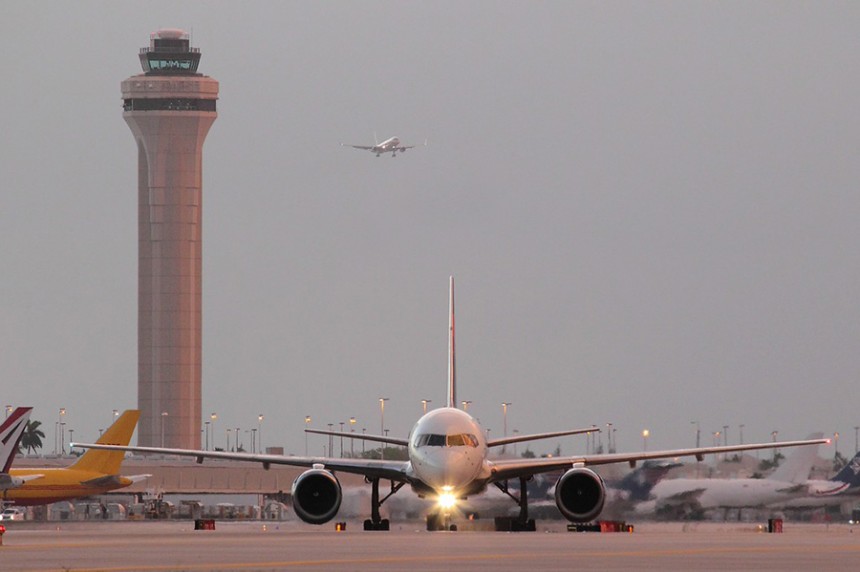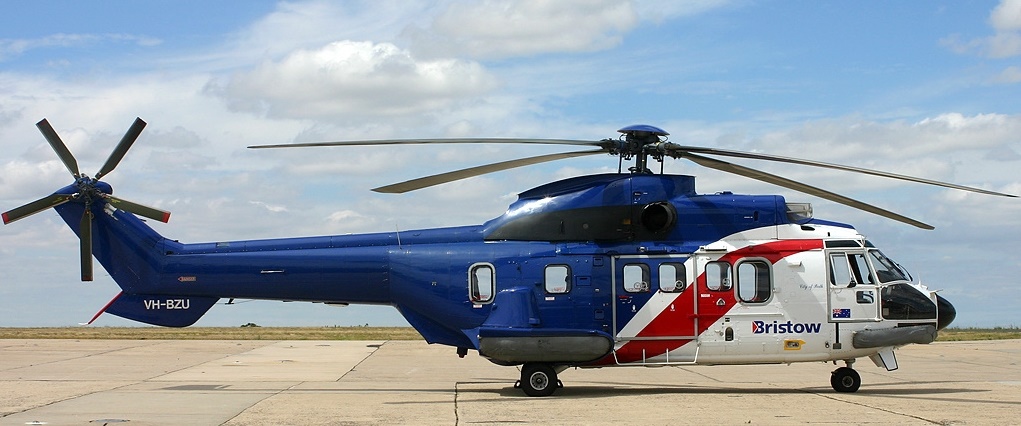NextGen Data Comm Aviation Technology is Now at Minneapolis!
NextGen Data Comm Aviation Technology is Now at Minneapolis
April 11 – Data Comm, the NextGen technology that enhances safety and reduces delays by improving the way air traffic controllers and pilots talk to each other, is now live at Minneapolis-St. Paul International Airport.
The new technology supplements radio voice communication, enabling controllers and pilots to transmit important information such as clearances, revised flight plans and advisories with the touch of a button. Today, members of the media toured the Minneapolis-St. Paul air traffic control tower and a Delta Airlines jet to see Data Comm in action. Representatives from the FAA, Delta Airlines, the Metropolitan Airports Commission, National Air Traffic Controllers Association, and the Professional Aviation Safety Specialists were on hand.
As we move into the summer thunderstorm season, NextGen technology is helping to keep departing airplanes on schedule as they fly out of Newark, NJ, into some of the busiest and most congested airspace in the U.S. That is welcome news for airline passengers who will be traveling during the busy summer vacation months.
Inside the tower, controllers enter flight departure clearance instructions into a computer and push a button to electronically send the information to an aircraft’s flight deck. Flight crews read the information, press a button to confirm receipt, and press another button to enter the instructions into the aircraft’s flight management system. This process saves valuable time. For instance, when planes are awaiting take-off, controllers must use a two-way radio to issue instructions. Pilots must read those instructions back, and if there is an error, they must repeat the instructions until they are correct. This process can eat up valuable time, and even a short departure clearance can take two to three times longer than one communicated via Data Comm.
This benefit becomes even more pronounced during Minnesota’s long winters and summer thunderstorms, when Data Comm enables equipped aircraft to take off before approaching weather closes the departure window, while aircraft relying solely on voice communications remain stuck on the ground waiting for the storm to pass. Data Comm is expected to save operators more than $10 billion over the 30-year life cycle of the program and save the FAA about $1 billion in future operating costs.
The first Data Comm-equipped airports – Salt Lake City and Houston’s George Bush Intercontinental and William P. Hobby – received tower departure clearance services eight months ahead of schedule in August 2015.
Data Comm is now operational at the 55 air traffic control towers listed below. Its rollout is under budget and more than two-and-a-half years ahead of schedule. That budget savings will enable the FAA to deploy Data Comm at even more airports.
- Albuquerque
- Atlanta
- Austin
- Baltimore-Washington
- Boston
- Burbank
- Charlotte
- Chicago O’Hare
- Chicago Midway
Cleveland - Dallas-Ft. Worth
- Dallas Love
- Denver
- Detroit
- Fort Lauderdale
- Houston Bush
- Houston Hobby
- Indianapolis
- Kansas City
- Las Vegas
- Los Angeles
- Louisville
- Memphis
- Miami
- Minneapolis-St. Paul
- Milwaukee
- Nashville
- Newark
- New Orleans
- New York John F. Kennedy
- New York LaGuardia
- Oakland
- Ontario
- Orlando
- Philadelphia
- Phoenix
- Pittsburgh
- Portland
- Raleigh-Durham
- Sacramento
- San Juan
- St. Louis
- Salt Lake City
- San Antonio
- San Diego
- San Francisco
- San Jose
- Santa Ana
- Seattle
- Tampa
- Teterboro
- Washington Dulles
- Washington Reagan
- Westchester County
- Windsor Locks (Bradley)
Feature Photo Courtesy of Jon Ross Photography. Sources cited: www.faa.gov














